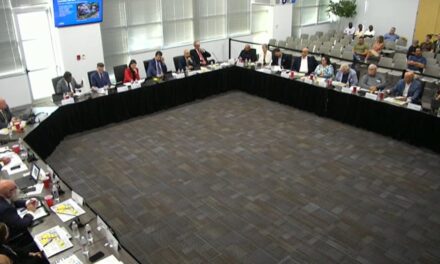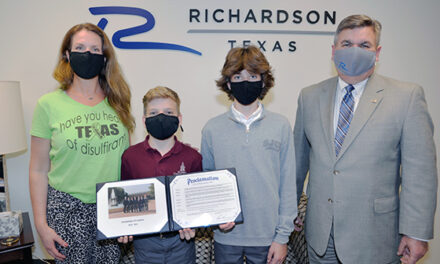The Richardson Residential Asphalt Overlay Program is in the second year of bringing life to worn residential streets. Led by the City’s Engineering and Capital Projects Department, the project aims to extend the service life of identified streets in established neighborhoods. To date, about 10 percent of city roads have asphalt overlays.
Average expected useful street life is around 25 years old. Since much of Richardson’s street infrastructure was constructed in the 1960s, maintaining streets is vital.
Streets identified in the Residential Asphalt Overlay Program were selected for improvements based upon the extent of pavement deterioration and utilities constraints. Qualifying streets have concrete pavement as a base layer, with an asphalt layer atop it as the driving surface.
“We initially put a list together of 28 streets that fit the program. More could be added in the future. We did six last year and this year we’re doing five,” said Walt Ellwood, Construction Inspector Manager.
“We take streets that need a little help and are not in terrible shape. We go in and put a new surface on the street. It’s not the City’s idea that the asphalt will be there forever. We’re trying to extend the life of the street until a full replacement can be done sometime in the future.”
For each street segment included in this annual program, the first phase of construction removes the existing asphalt layer to expose the concrete pavement, a process that takes several days. Then, the contractor repairs failing concrete in order to create a structurally reliable surface. Finally, a new layer of asphalt is added atop the concrete pavement, providing a smooth and sturdy driving surface. The repairs typically take several weeks.
The new asphalt overlay not only renews the surface of the street, it seals and protects the pavement subgrade from damaging moisture. While the repair process takes time, the overlay takes less time than complete reconstruction, providing more convenience, while extending the life of the street.




